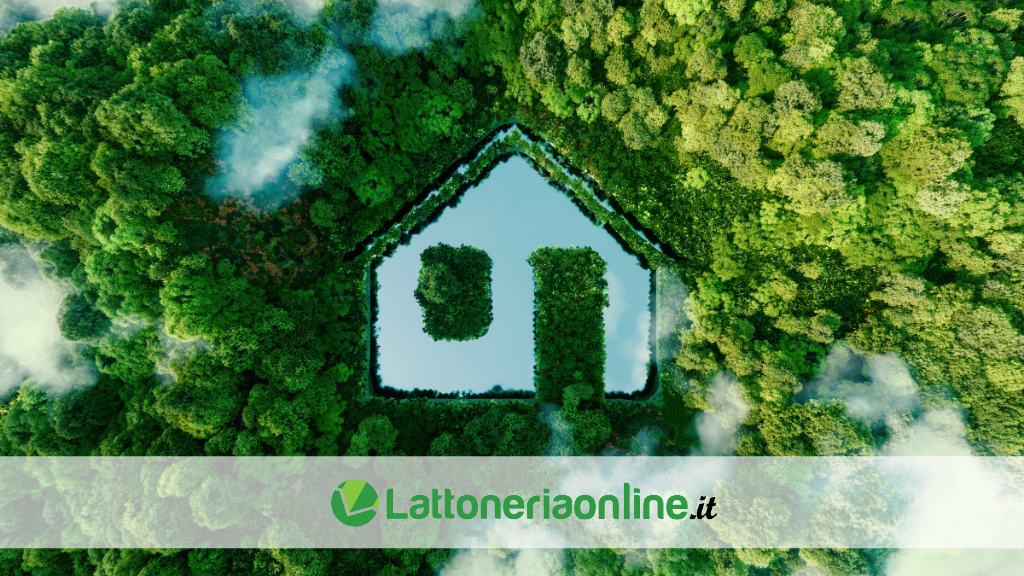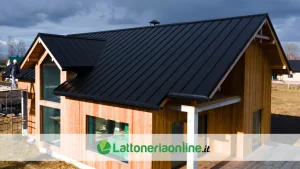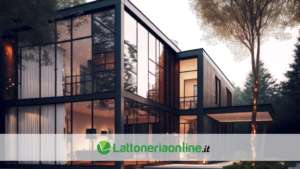
Gutters and flashings for sustainable construction: eco-friendly solutions
We hear more and more often about sustainable construction. Today, in fact, attention is shifting more and more towards eco-friendly solutions for construction materials. And even the part relating to the plumbing of a structure must today fall within the objective of reducing the environmental impact and promoting the sustainable management of water resources.
One of the main aspects of sustainability for gutters and flashings is the choice of materials. Closely related to this topic is also durability: eco-friendly gutters and flashings should be designed to resist adverse climatic conditions and last over time, thus reducing the need for frequent replacements and the related impact environmental.
Another point is the sustainable design of gutters and flashings which can be designed in such a way as to maximize the collection of water and their directing towards water recovery systems rainwater. This can help reduce dependence on traditional water resources. But also to reduce the water impact on the surrounding land, preventing flooding and erosion.
Low environmental impact gutters and flashings: most used materials
Your choice of material depends on several factors, including your local climate, budget and desired aesthetic. It is important to consider the longevity of the material, its ability to withstand local climate conditions and its potential for recycling or reuse. As regards the materials, their eco-compatibility and their durability, various eco-friendly materials are widely used for the production of gutters and flashings that reduce the environmental impact to a minimum:
- Aluminium: it is a light and resistant material, widely used for gutters and flashings. It is one of the most recyclable materials in the world: it can be recycled infinite times without losing its fundamental properties. Furthermore, aluminum sheets are durable and resistant to corrosion. This durability means they require less frequent replacement, thus reducing the waste stream from demolition and replacement. For further information we invite you to read our article onadvantages of aluminum gutters and flashings;
- Stainless steel: It is known for its resistance to corrosion and rust. It is durable and requires less maintenance over time. It too is highly recyclable. If you want to know more you can consult our articlestainless steel sheets: the advantages;
- Copper: it is the durable material par excellence. It is among the most resistant and can be recycled. To learn more about the topic you can read our articlecopper sheet for roofing: what are the advantages? And the price?;
- Titanium Zinc: This material is known for its resistance to corrosion and rust. It is highly recyclable, making it an eco-friendly choice.
Design of ecological rainwater collection systems
La progettazione di sistemi di raccolta delle acque piovane ecologici è un aspetto cruciale nell’ambito dell’edilizia sostenibile. Questi sistemi sono progettati per catturare, immagazzinare e utilizzare le acque piovane in modo efficiente, riducendo l’uso delle risorse idriche tradizionali e mitigando il rilascio di acque piovane non trattate nell’ambiente.
If you are interested in making one you can follow some suggestions on our blog by reading the articlehow to build a rainwater recovery system.
A key element of these systems is the collection of rainwater from the roofs of buildings. This can be achieved through the use of eco-friendly gutters and flashings, which channel rainwater into collection tanks or filter systems. These tanks can be located underground or within the buildings themselves, depending on site needs and limitations.
Once collected, rainwater can be used for a variety of purposes, including irrigation, filling artificial lakes or swimming pools, and even flushing toilets. This diversification of use reduces pressure on traditional water sources and can help reduce building operating costs.
Designing environmentally friendly rainwater collection systems also requires careful consideration of sizing and engineering. It is important to ensure that systems are designed to efficiently manage the rainfall amounts expected for the region, taking into account rainfall peaks. Stormwater filtration is another critical aspect, to ensure that the collected water is safe for its intended uses.
Furthermore, regular maintenance of these systems is essential to ensure their optimal functioning. This includes cleaning gutters and checking filters, as well as supervising tanks to avoid flooding or water quality issues.



